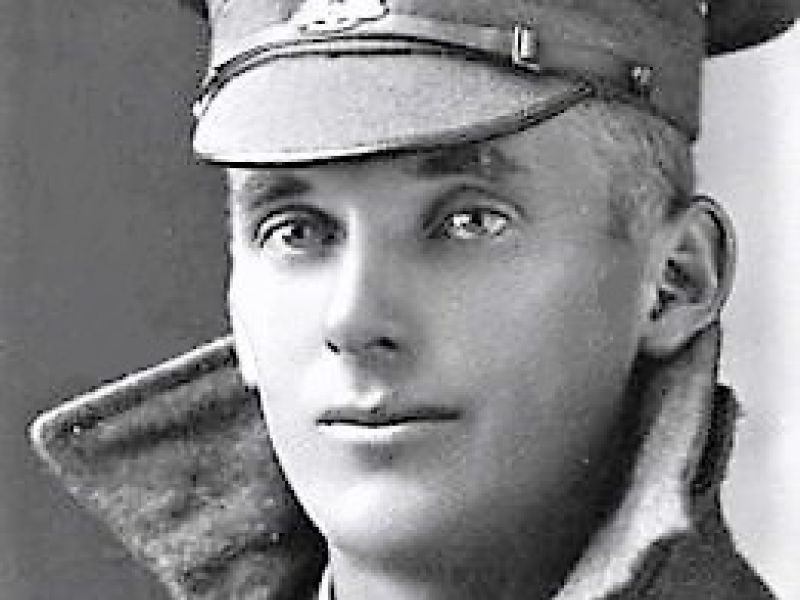Private James William York, 5th Machine Gun Battalion, AIF
Jim York was born in Zeehan, Tasmania, on 2 May 1892, the eldest of five children of Albert and Ether York. He grew up in the Sheffield area, and went to the nearby West Kentish state school. By the time the First World War began, York was working in Burnie as a school teacher.
One of his younger brothers, Richard, had enlisted in July 1915 and made it as far as Egypt before being hospitalised with a serious stomach complaint in September. Richard suffered ill health for the remainder of the year and in January 1916, he was returned to Australia and discharged as medically unfit.
Jim York enlisted for service in the Australian Imperial Force at Claremont on 10 October 1916 and after initial training was allotted to the 7th Reinforcements to the 40th Battalion.
On 10 February 1917, York embarked from Outer Harbour, Adelaide aboard the transport ship Seang Bee, bound for England. On arriving in England, he was sent to the 10th Training Battalion at Durrington.
On 13 July, York was transferred to the Machine Gun Details Depot at Grantham. Several months more training followed before he joined the 25th Machine Gun Company in France in mid-October.
The 25th Machine Gun Company spent the next several months rotating in and out of the front line in the Ypres sector in Belgium.
In March 1918, the German Army launched its Spring Offensive on the Western Front, driving the British forces back across ground that had been won at a heavy cost since 1914.
Also in March, the machine gun companies across the AIF were formed into battalions and the 25th became part of the 5th Machine Gun Battalion.
The company was sent from Belgium to the Somme in France and by the beginning of April, was forward of Amiens, firing in support of Australian infantry units of the 5th Division.
In the early hours of 9 April, Private Jim York was digging a machine-gun position when he was shot through the head by a German sniper and killed instantly. He was 25 years old.
Company Quarter Master Sergeant Bowman, who was nearby when York was killed, wrote to the Red Cross Wounded and Missing Bureau telling them that he and several of York’s comrades had given him a battlefield burial the following day. Bowman also wrote to York’s parents telling them of their son’s death.
Bowman also provided a hand-drawn map to assist graves registration units to locate York’s grave. After the war, York’s remains were exhumed and reinterred in Crucifix Corner Cemetery at Villers Bretonneux.
The war also hit the wider family; two of Jim York’s cousins were killed in 1917. Private James Gutteridge of the 49th Battalion was killed in action on 12 October 1917, and Gunner Frederick James York died of wounds only five days later.
Michael Kelly, Historian, Military History Section
- Australian War Memorial https://www.awm.gov.au/collection/C2647687

 Australian War Memorial
Australian War Memorial